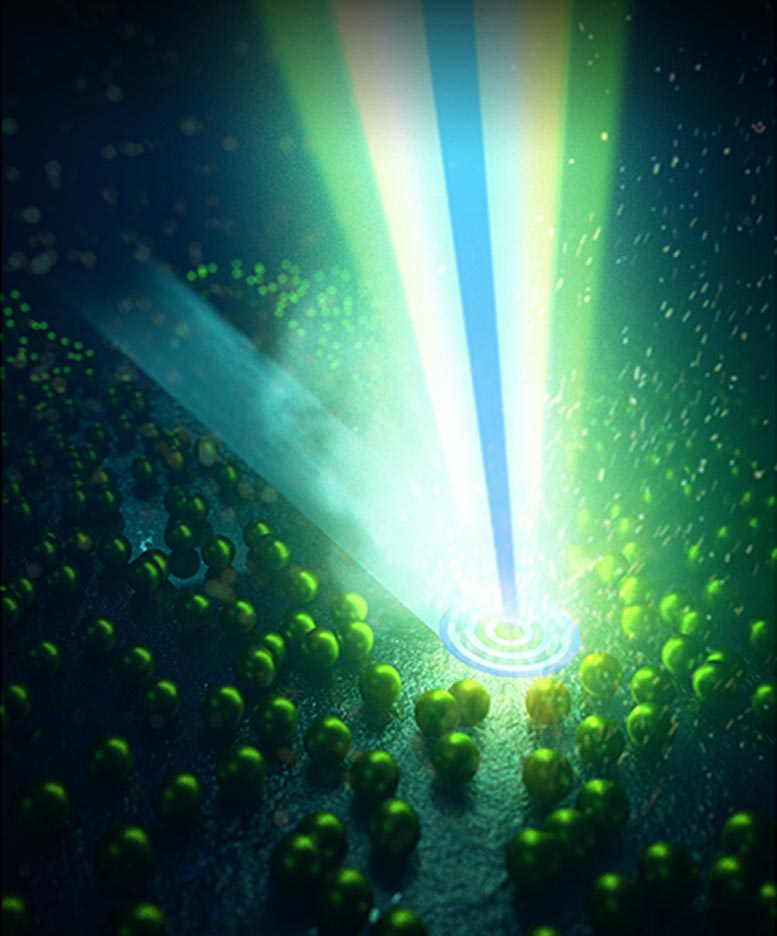On Sept 18, NASA’s InSight Mars Lander has measured one of the biggest, longest-lasting marsquakes the mission has ever detected. The quake was about a magnitude of 4.2 that shook for nearly an hour-and-a-half.
Before that, the lander had detected two Marsquakes in August 2021 with magnitudes 4.2 and 4.1. In that comparison, the recently detected Marsquake has five times the energy of the mission’s previous record holder.
This event occured about 5,280 miles (8,500 kilometers) from InSight. This is the most distant temblor that the lander has detected.
The team working on InSight is working to pinpoint the source and which direction the seismic waves traveled. They know the shaking occurred too far to have originated Cerberus Fossae. One especially intriguing possibility is Valles Marineris, the epically long canyon system that scars the Martian equator.
The surprising fact is, the previously detected quakes were of different types. They had fast, high-frequency vibrations. Slow, low-frequency vibrations dominated the magnitude 4.2 quake.
That’s good news for seismologists: Recording other quakes from various distances and with different kinds of seismic waves provides more information about a planet’s inner structure.
The InSight lander is equipped with sensitive instruments with which to investigate Mars’ deep interior.
The quakes might not have been detected at all had the mission not taken action earlier in the year, as Mars’ highly elliptical orbit took it farther from the Sun. Lower temperatures required the spacecraft to rely more on its heaters to keep warm; that, plus dust buildup on InSight’s solar panels, has reduced the lander’s power levels, requiring the mission to conserve energy by temporarily turning off specific instruments.
The team managed to keep the seismometer on by taking a counterintuitive approach: They used InSight’s robotic arm to trickle sand near one solar panel.
InSight’s principal investigator, Bruce Banerdt of NASA’s Jet Propulsion Laboratory in Southern California, said, “If we hadn’t acted quickly earlier this year, we might have missed out on some great science. Even after more than two years, Mars seems to have given us something new with these two quakes, which have unique characteristics.”
Note: This article have been indexed to our site. We do not claim ownership or copyright of any of the content above. To see the article at original source Click Here













